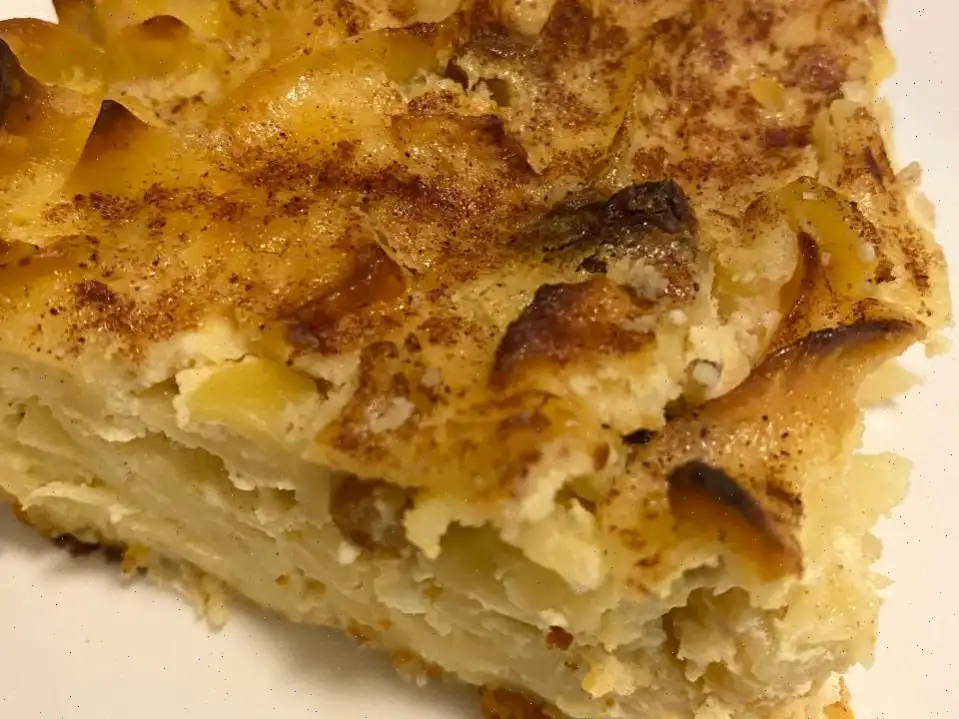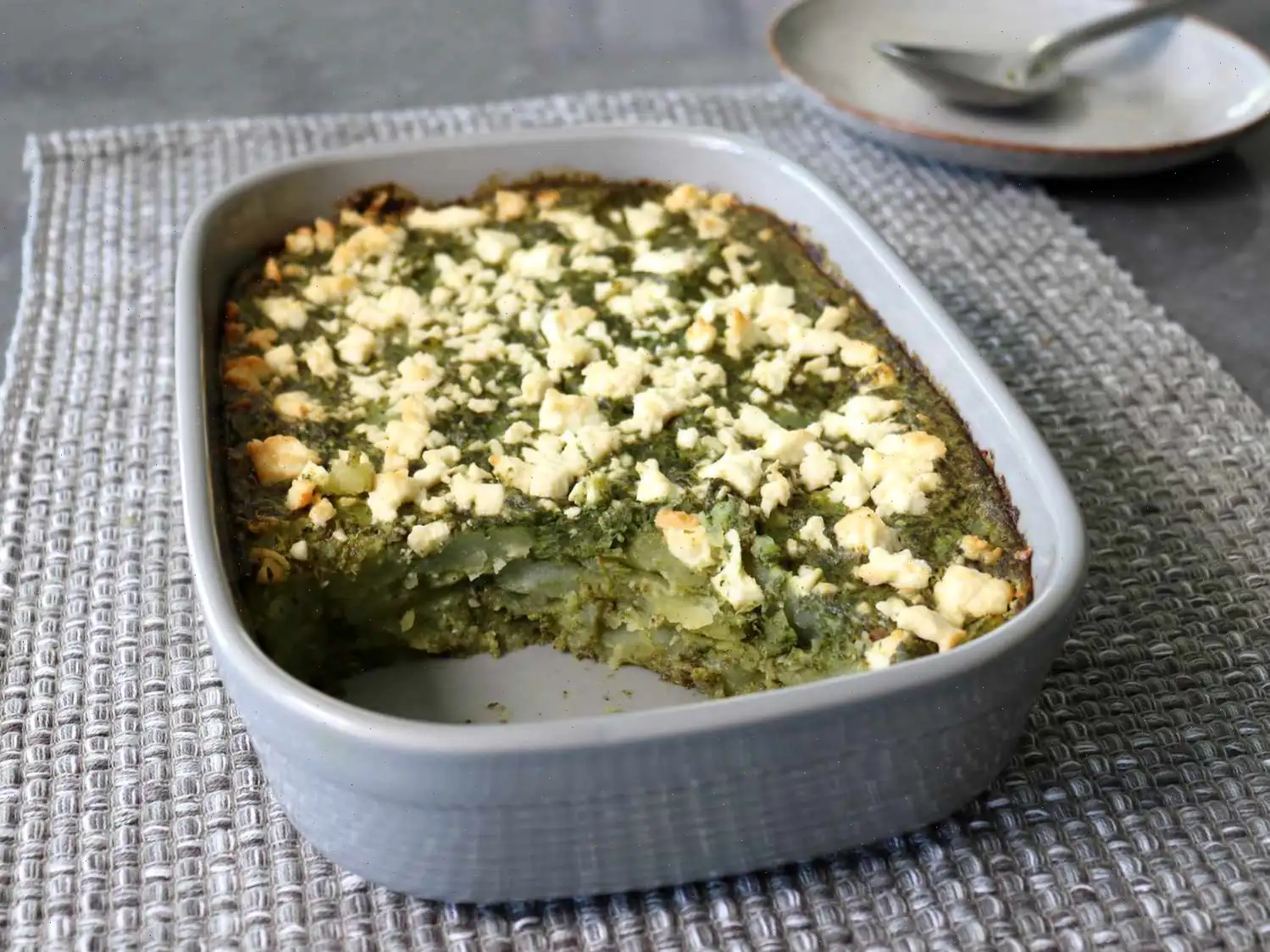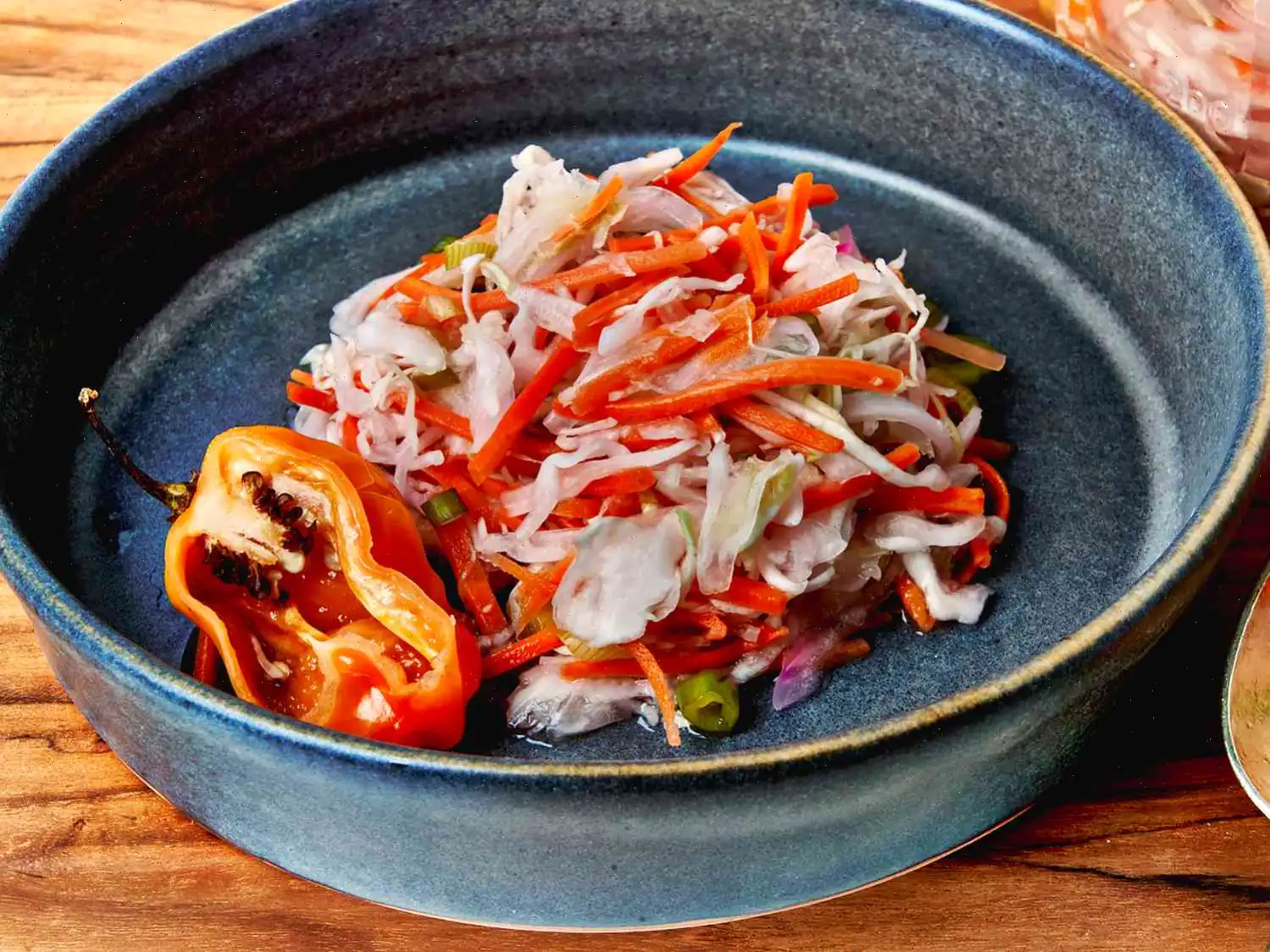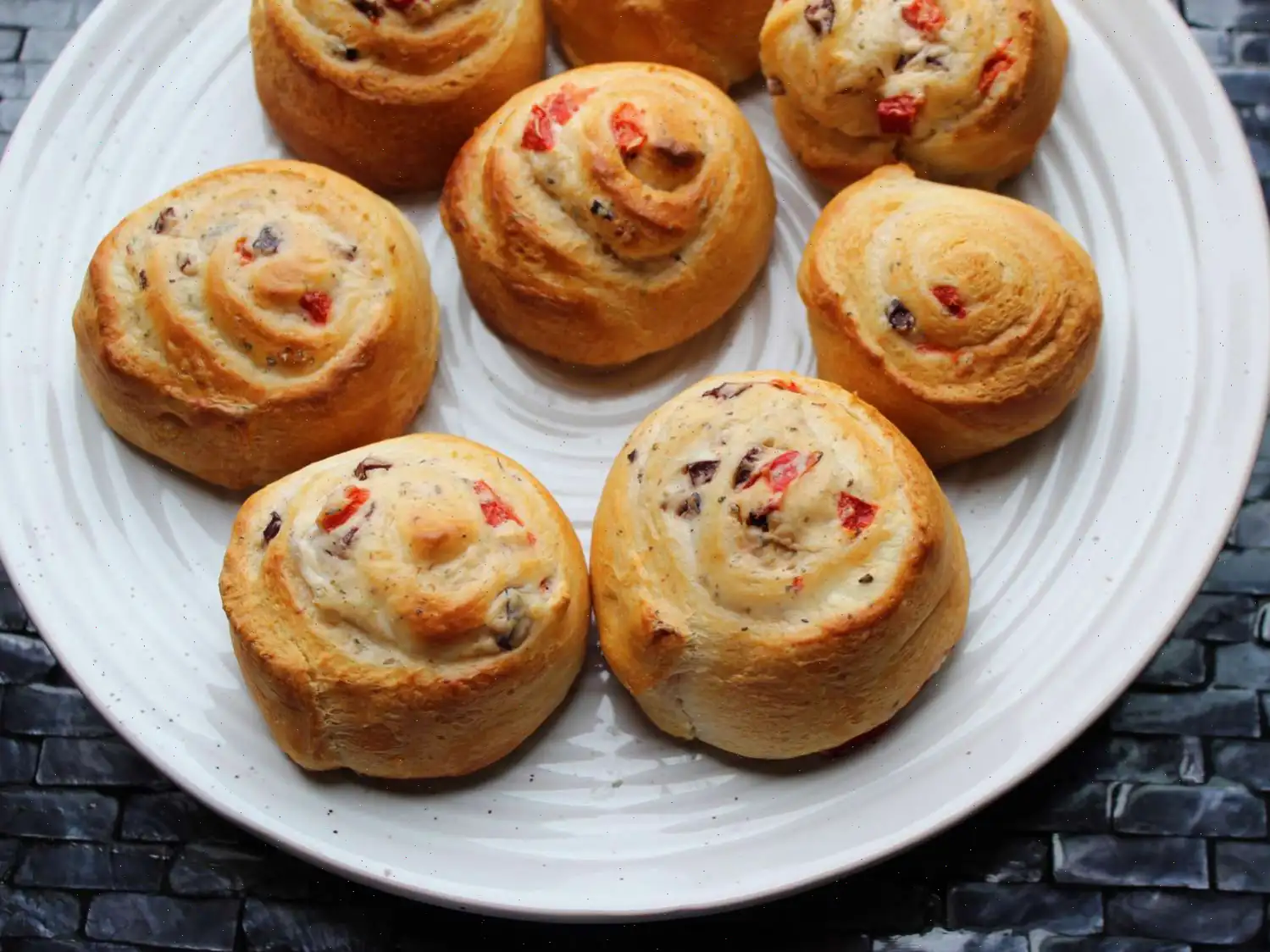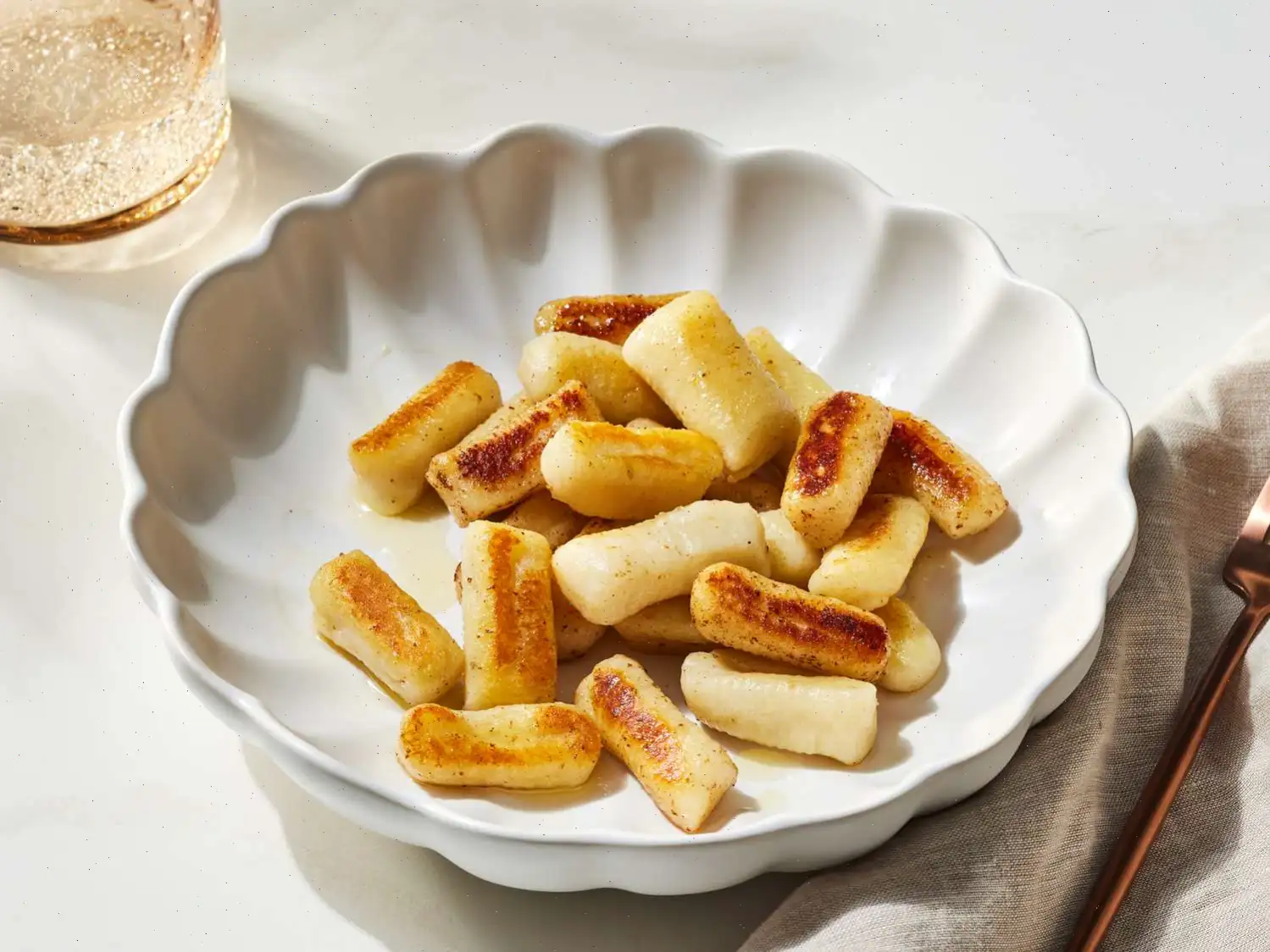
Sweet Kugel
Ingredients:
- 1 (12 ounce) bag egg noodles
- 1 (16 ounce) sour cream
- 12 ounces farmer cheese
- 1 cup white sugar
- 1 cup unsalted butter, melted and cooled
- 6 large eggs, beaten
- 1 large apple, peeled, cored, and diced
- cup golden raisins (or to taste)
- teaspoon ground cinnamon (or to taste)
Directions:
Step 1: Preheat the oven to 350F (175C). Generously grease a 9x13-inch baking pan.
Step 2: Fill a large pot with lightly salted water and bring it to a rapid boil. Add the egg noodles and cook until tender yet firm to the bite, around 7-9 minutes. Drain and set aside.
Step 3: While the noodles are cooking, combine sour cream, farmer cheese, sugar, and melted butter in a large mixing bowl. Stir until well combined.
Step 4: Add the beaten eggs, diced apple, and raisins to the bowl. Mix well.
Step 5: Add the drained egg noodles and cinnamon to the mixture. Stir until everything is evenly combined.
Step 6: Pour the noodle mixture into the prepared 9x13-inch baking pan. Spread it evenly.
Step 7: Bake in the preheated oven for about 1 hour, or until the top is slightly golden brown and the custard has set.
Step 8: Allow the kugel to cool for 10-15 minutes before serving. Enjoy!
Cook's Notes:
- For authentic flavor, use farmer's cheese, which can typically be found in the dairy section of your grocery store.
- If the raisins arent fresh and plump, soak them in hot or boiling water for about 15 minutes to rehydrate before adding them to the recipe.
Nutrition Facts (per serving):
- Calories: 327
- Total Fat: 21g (27%)
- Saturated Fat: 13g (66%)
- Cholesterol: 120mg (40%)
- Sodium: 152mg (7%)
- Total Carbohydrate: 27g (10%)
- Dietary Fiber: 1g (3%)
- Total Sugars: 13g
- Protein: 9g (18%)
- Vitamin C: 1mg (1%)
- Calcium: 165mg (13%)
- Iron: 1mg (6%)
- Potassium: 139mg (3%)
Percent Daily Values are based on a 2,000-calorie diet. Your daily values may be higher or lower depending on your calorie needs.
Kugel is a well-known traditional dish in Jewish cuisine, often served as a side dish or dessert during Jewish holidays such as Passover and Rosh Hashanah. One popular variation is the sweet kugel, a comforting casserole made with egg noodles, sour cream, farmer's cheese, sugar, and a blend of fruits and spices. Sweet kugel has been a beloved part of Jewish culinary traditions for centuries, and its origins can be traced back to Eastern European Jewish communities.
History and Origins
The word "kugel" comes from the German word "kugel," meaning "ball" or "sphere." The dish's origins are believed to date back to medieval Europe, where it was a simple, savory casserole made with bread or pasta and whatever ingredients were available. Over time, kugel evolved, with Jewish communities in Central and Eastern Europe adapting the dish to their culinary practices and available ingredients. The sweet version of kugel, particularly the one made with noodles, became a staple in Ashkenazi Jewish households, especially during festive occasions.
Regional Variations
While kugel is widely associated with Ashkenazi Jews, there are notable regional differences in how it is prepared. In Eastern Europe, sweet kugel often incorporates ingredients like apples, raisins, and cinnamon, as seen in the recipe for sweet kugel. In other regions, variations can include adding other fruits such as peaches or pears, or using different kinds of cheese. For example, some kugels might feature a combination of ricotta cheese or cottage cheese instead of farmer's cheese. In the United States, the dish is popular in Jewish delis and homes, where families might serve it as a side dish or even as a dessert at festive meals.
Differences from Similar Dishes
Sweet kugel shares similarities with other noodle-based casseroles, such as the savory "pasta pudding" or "noodle kugel." However, the key difference lies in the use of sweet ingredients, such as sugar, fruits, and spices like cinnamon and nutmeg. While savory kugel might include ingredients like onions, garlic, or even meat, sweet kugel is characterized by its dessert-like qualities. The use of farmers cheese and sour cream gives it a rich, custard-like texture that distinguishes it from more traditional pasta dishes or puddings. Additionally, while kugel is often compared to other custard dishes, its noodle base gives it a unique texture and flavor.
Where is Sweet Kugel Typically Served?
Sweet kugel is a popular dish at Jewish holiday celebrations, particularly during Passover, Rosh Hashanah, and Hanukkah. Its often served as a side dish or dessert at festive meals. During Passover, for example, kugel can be made using matzo meal instead of egg noodles to comply with dietary restrictions. In addition to Jewish holiday tables, sweet kugel is frequently found in Jewish delis and restaurants that specialize in traditional Jewish comfort food. It is also a favorite dish for family gatherings and potlucks, where its comforting sweetness and rich texture make it a crowd-pleaser.
Interesting Facts About Sweet Kugel
- In some Jewish families, the recipe for sweet kugel is passed down through generations, with each family adding its own unique twist.
- Sweet kugel has a custard-like consistency, and when baked, it forms a golden, slightly crispy top that contrasts beautifully with its creamy interior.
- The dish is not only a holiday favorite but is also enjoyed by Jewish communities around the world, from the United States to Israel, and even parts of Eastern Europe.
- Although sweet kugel is traditionally served warm, it can also be eaten cold, and its flavor often improves after resting for a few hours or overnight.
Sweet kugel is more than just a dish; it is a symbol of Jewish culinary tradition and family togetherness. Whether you are preparing it for a holiday or as a treat to share with friends and family, sweet kugel is a comforting and delicious reminder of the rich history and culture of Jewish cuisine.


